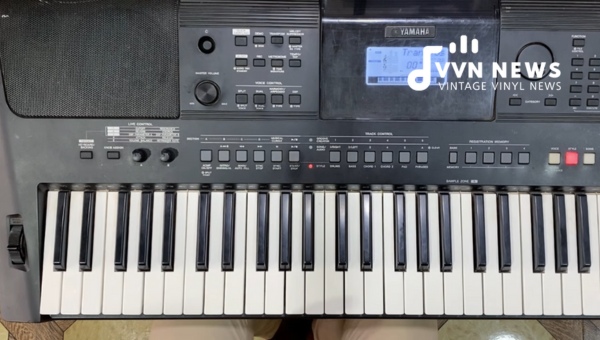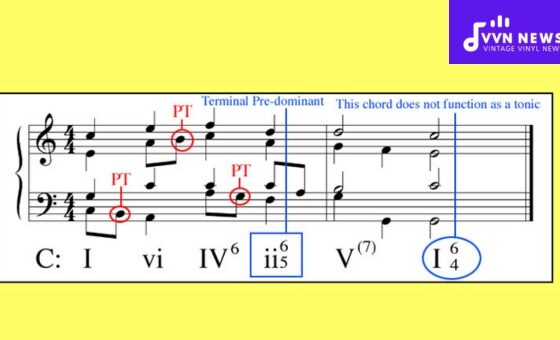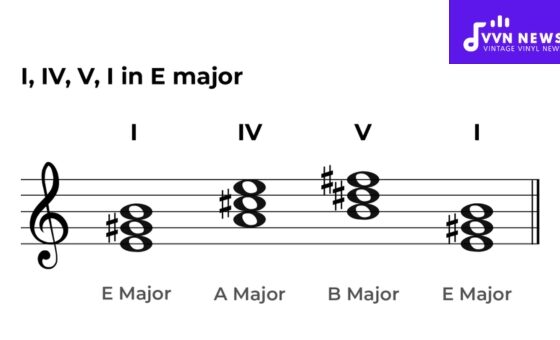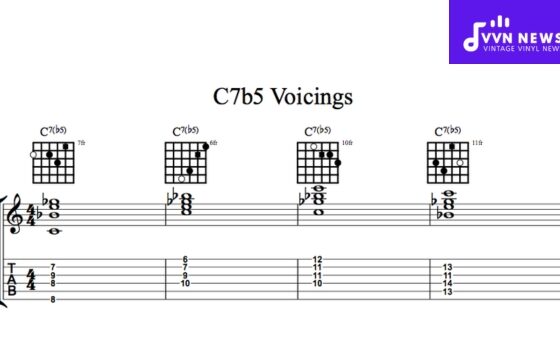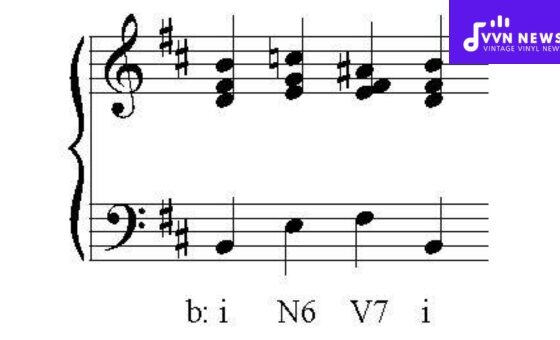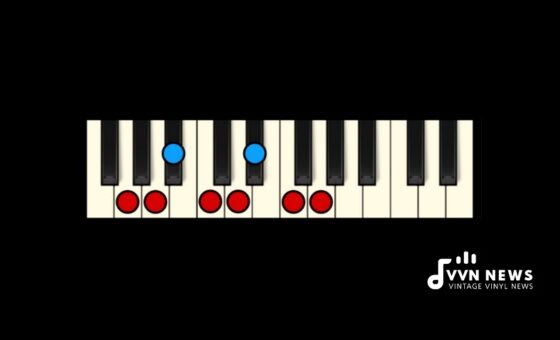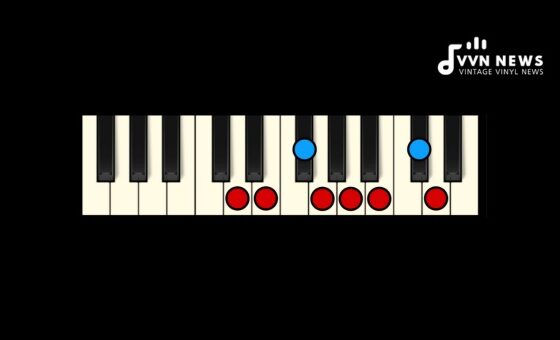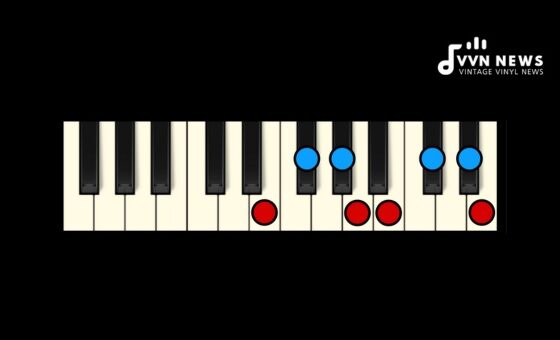Have you ever found yourself loving a piece of music but realized it’s just not in the right key for your voice or instrument? Maybe it’s a little too low, and you need to give it a slight lift.
Learning how to transpose up a major second can open up new possibilities for your musical expression and allow you to tailor songs to your personal range or preference.
Transposition isn’t just for professional musicians; with the right guidance, anyone can learn this valuable skill.
Understanding the concept of transposing music is like being handed the keys to a more versatile performance repertoire.
Whether you’re rehearsing with a band, arranging pieces for different instruments, or looking to challenge yourself with new keys, grasping how to move melodies and chords up by a major second is an indispensable tool in your musical toolkit.
In this article, we’ll walk through the steps together so that you can apply this knowledge confidently and elevate your music-making experiences.
What is a Major Second?
A Major Second is one of the most fundamental intervals in Western music theory.
Picture a piano keyboard – when you move from one key to the very next white or black key, you’ve traversed what’s known as a semitone or half-step.
A Major Second is made up of two semitones, an interval also referred to as a whole step.
For instance, if you begin on C and move to D, you’ve gone up by a Major Second.
This interval is central to creating the sense of movement and direction in melodies and scales.
Understanding this stepping stone is crucial for delving into transposition and harmony.
Also Read: G Major Scales And Chords [Expand Your Musical Understandings]
Why Transpose Up a Major Second?
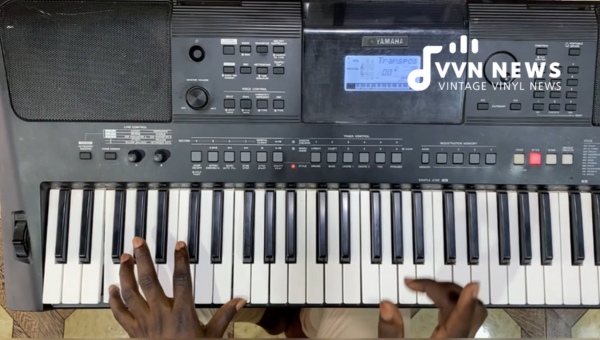
Transposing up a major second can feel like unlocking a new dimension in your music.
If you’re a vocalist, shifting the key up by this interval may bring the melody into a more comfortable range, preventing strain on your voice.
For instrumentalists, this type of transposition can align the piece better with the natural tuning and tone quality of their instruments.
By moving every note up one whole step, you harness the ability to play along with different instruments that are tuned in keys a major second higher.
For example, if your fellow musician is playing in B-flat and your instrument is tuned to C, transposing up by a major second allows for harmonious collaboration.
In choral arrangements or ensemble performances where harmonization is key, lifting the key up can add brightness and energy to a piece.
It accentuates higher harmonics that might otherwise be subdued at lower pitches.
More so, many composers and arrangers use transposition as an artistic tool to evoke particular emotions or match the ambiance they desire for their song or piece.
By understanding how to transpose up by this specific interval, you endow yourself with greater flexibility in musical expression and open up avenues for creative exploration.
How to Identify a Major Second Interval?
A major second is one of the basic intervals in music theory that you’ll want to become familiar with.
It simply consists of two notes that are two semitones (half steps) apart. Here’s a quick way to recognize a major second:
- Start by picking any note on your instrument or a piano keyboard as your reference point.
- Now, count up two keys to find the second note (including both black and white keys).
- For instance, if you’re starting on a C, you’ll move to the D directly next it.
The resulting interval from C to D embodies that major second span. Another method is using recognizable songs as sonic benchmarks – the beginning of “Happy Birthday” or “Frère Jacques” are both perfect examples of melodies starting with a major second jump.
Also Read: D Major: The Scales And Chords [Broaden Your Musical Vocabulary]
Steps to Transpose Music Up a Major Second
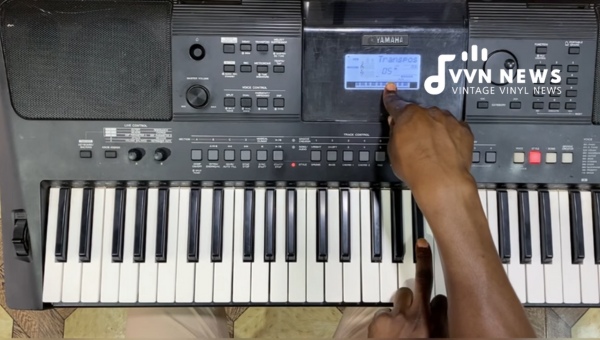
When you’re ready to elevate a piece of music by a major second, remember that every note will progress two half-steps higher. We’ll break down the process into clear steps:
- Identify the Key Signature
Begin by determining the key signature of your original composition. Knowing this will guide which sharps or flats are affected as you transpose. - Map Out Your Scale
List out all the notes in the scale of your current key. Beside it, write down the scale a major second above — each note will be one whole step higher. - Shift Each Note Accordingly
Go through your music and shift each note up to its corresponding partner in the new scale. - Adjust Accidental Notes
Pay special attention to sharps and flats; these might change depending on the new key signature. - Review Chords and Harmonies
Chords also need to move up by a major second interval. Ensure that each chord’s character (major, minor, diminished) remains unchanged after transposition. - Check Your Work
After transposing, play through the piece to make sure everything sounds correct in its new context.
Remember that instruments like B-flat clarinet or E-flat saxophone have transpositions inherent to their design; you’ll need to account for this when transposing their music up a major second.
By methodically stepping through these tasks, you’ll ensure that your transposed music retains its integrity while fitting perfectly into its new musical landscape.
Also Read: A Major Scale [The Key To Bright, Cheerful Musical Pieces]
One Note at a Time with a Major Second
Transposing up a major second may seem daunting, but by breaking it down and tackling it one note at a time, the process can be simple and straightforward.
A major second is the interval between adjacent scale degrees—for example, from C to D or E to F#.
Here’s how you can transpose each note up by a major second.
- Identify the original note.
- Determine the major second above this note.
- Replace the original note with this new note.
- Proceed to do this for each subsequent note.
Imagine your piece starts with a C. To transpose this up by a major second, you would move to D, which is the very next step up in any diatonic scale (avoiding chromatic notes).
For another example, if your piece starts on an A, moving up a major second would bring you to B.
Also Read: E Major: Scale And Chords [Exciting Sounds For Your Compositions]
FAQs on Transposing Up a Major Second
What does it mean to transpose music?
To transpose music means to move all the notes in a piece up or down in pitch by a consistent interval.
Can transposing change the feel of a song?
Yes, changing the key of a song by transposing can alter its mood and make it more suitable for different voices or instruments.
Do I need special software to transpose music?
While software can help, you can also transpose music manually using knowledge of music theory and instrumental fingerings.
When reading sheet music, how do I know if a song has been transposed up a major second?
Look for an increase by two half-steps (one whole step) in all the notes compared to the original key signature.
Is transposing up a major second common for all instruments?
Yes, the process is similar across instruments, although fingerings and adjustments will vary based on each instrument’s unique characteristics.
Conclusion
Mastering the art of transposing music up a major second equips you with a skill that can enhance your adaptability as a musician.
Remember, like any other aspect of music, it takes practice. Start with a single note, proceed with intervals, and then move on to chords and full pieces.
With time, transposing will become as natural as breathing, allowing you to play with greater ease in different keys and develop your musical abilities further.
Keep experimenting and enjoy the journey of becoming a more versatile artist.
